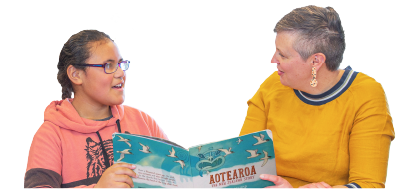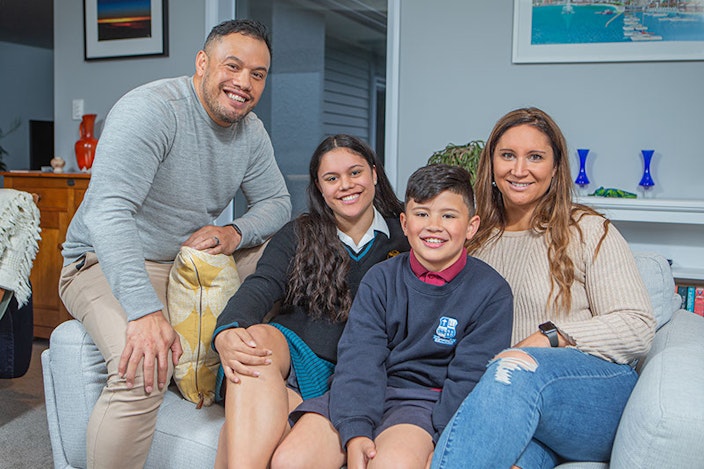Engaging with parents, families, and communities
Engaging with parents, families, and communities
Communicating with parents, families, and communities to build enduring relationships is vital for Pacific engagement.
Meeting with people connected to your learner/s is key to being responsive to Pacific ways of being and knowing because it gives you a holistic picture of the learner and who or what surrounds them. Your relationship with Pacific learners extends beyond the learning environment and is connected to their histories, futures, lives, and collective experiences. For example, participating in cultural or church events that are happening in the community is one way to demonstrate your commitment to your Pacific learners and contribute to building trusting relationships with their families.
Successful outcomes for Pacific learners are founded on a holistic approach that includes their parents, families, languages, cultures, values, and communities. This holistic approach extends beyond curriculum and pedagogy into the different cultural contexts that Pacific learners identify with. Your sustained and genuine efforts to connect with parents, families, and communities involves responding to and acknowledging their identities, languages, and cultures; meeting them where they are; and ensuring they feel welcome, valued and safe.
Remember to try and connect with families in a way that suits them, rather than the school. Find suitable times for meetings, try not to place too many time limits, welcome all of the family members who come, and be available in ways that may be new to your setting – could you meet at a workplace, for instance, or at a church hall?
Engaging with families and communities by drawing on culture and language helps to build relationships and show families that you care about their children and young people’s progress. Be sure to ask the parents about their preferences for communication. Some Pacific families may bring a support person to liaise for them. Remember that silence does not necessarily mean consent.
While understanding Pacific values will help you to engage with learners and their families, be mindful about taking small steps to start. Listening to and observing your Pacific learners in different contexts – with friends, with family, in and out of the classroom – will give you information that will be valuable in seeing how each learner lives their Pacific values. To find out more, use the school values as a conversation starter – ask about life in the islands for those who have visited; talk with families about their stories. As you learn more, you will find yourself naturally more at ease when determining what is appropriate for each learner and their family.
Tapasā relationships
Identify one or two specific things you can do to build and deepen the respectful, reciprocal relationships you have with parents, whānau, and communities.
| Initiating a relationship |
What do parents and whānau see when they come into your learning centre? Are there signs and displays that reflect their culture? Are there readers in their language? Do they see their culture in your space? |
What do parents and whānau hear when they come into your learning centre? Do they hear greetings and phrases in their language? Are teachers and children using their language? |
How do parents and whānau feel when they come into your learning centre? Are they welcomed? How are you welcoming them? What is culturally appropriate? Are you initiating conversations and getting to know their interests, aspirations or concerns for their child? |
| Building a relationship |
What Pacific languages are used by your learners and their whānau? Use these to greet people when they arrive. Put their language on signage in the learning space. Find out about them and what’s important to them. |
Provide multiple options for communicating – identify different types of communication methods you can use to connect with parents and whānau. What ways do they prefer? What do you need to put in place to use a variety of methods? Can you provide information in their language? Who could interpret if needed? |
Can they see learning in action? Plan times you can invite parents and whānau into the learning space to participate and see learning in action. Be available to talk informally. |
| Deepening a relationship |
Make time to talk – what places and times can you converse (engage in talanoa) with learners, parents, and whānau? For example, fono, over shared food, on a trip or excursion, at sports or community events. Plan to do this in your diary. |
How are you listening to parents? What is important for them? What do they need to support their child’s learning? What do you need to learn about their language, culture, or life outside of school? |
As you plan your learning programme, identify who in your Pasifika community you can invite to share their knowledge and approaches to learning with you (for example, language, stories, songs, dances, arts etc). Show them you value their culture and expertise. Build with them from the outset so learning is inclusive and authentic. |


